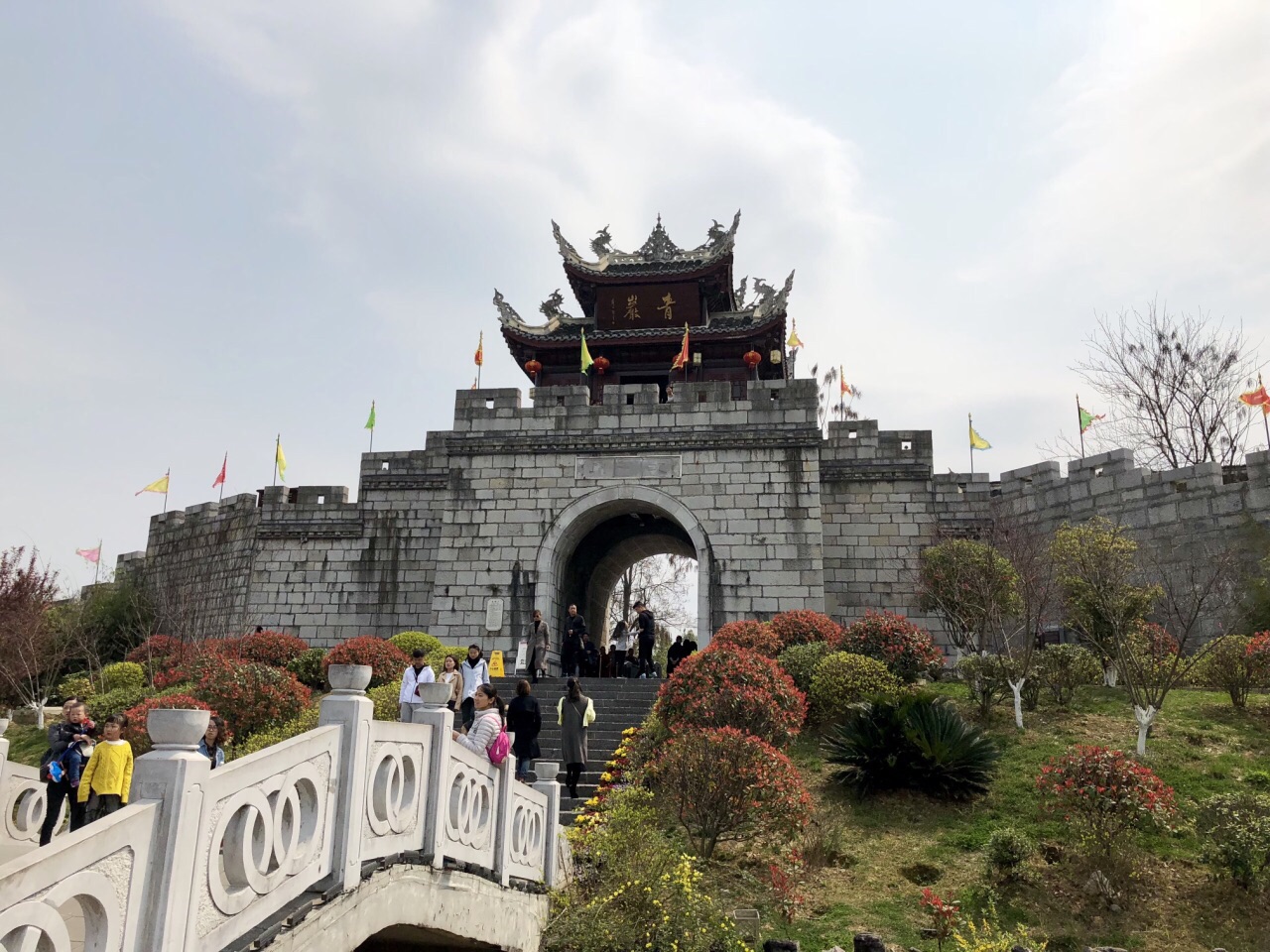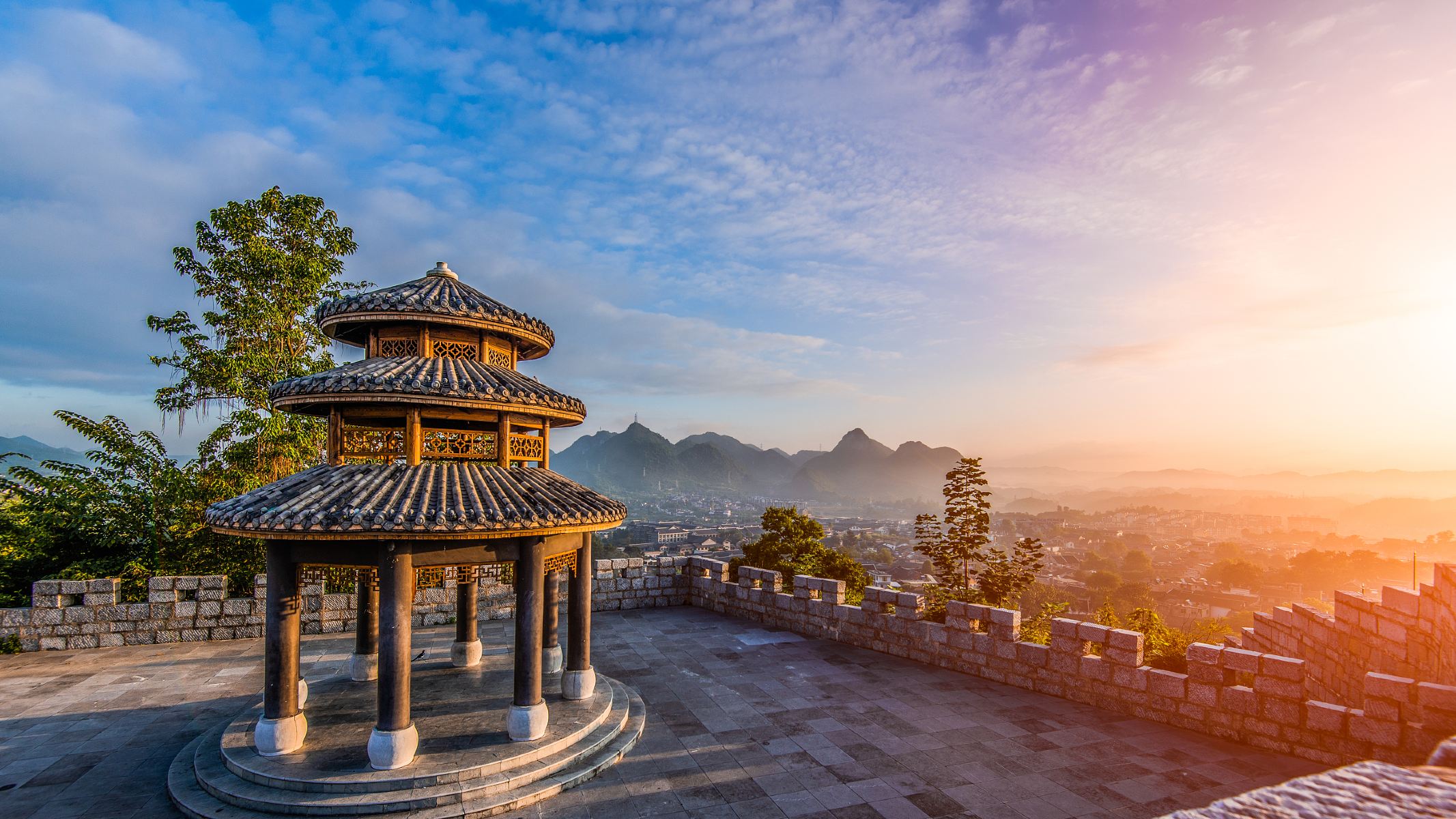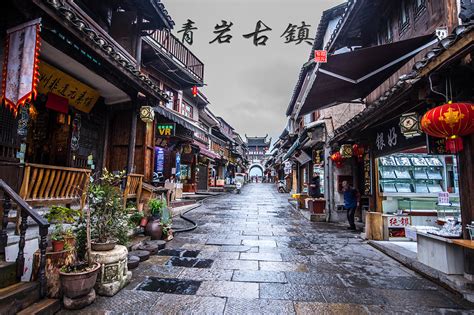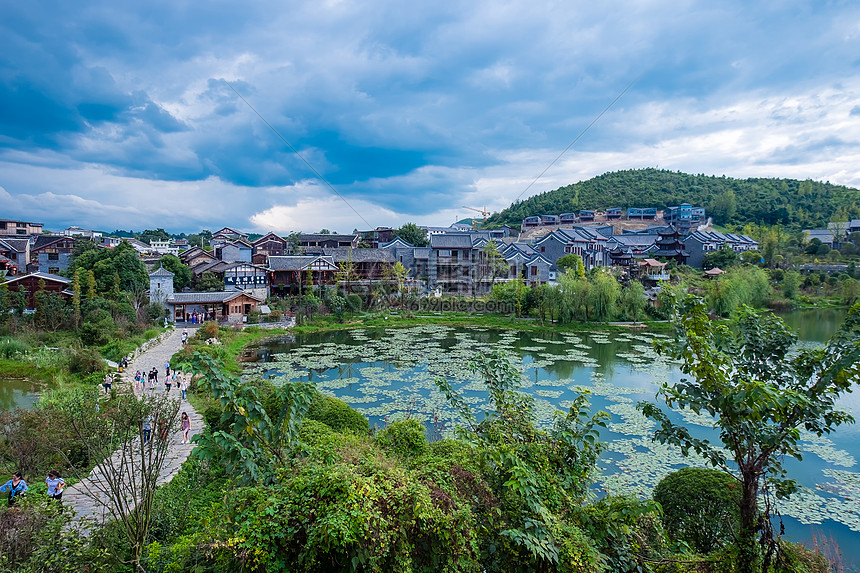



Qingyan Ancient Town
Qingyan Ancient Town, located in the southern part of Huaxi District, Guiyang, Guizhou Province, China, is one of the four most renowned ancient towns in the province. Established during the Ming Dynasty in 1378 as a military fortress, the town covers an area of 5.8 square kilometers. It is celebrated for its well-preserved ancient architecture, including stone-paved streets, traditional wooden houses, and historic city walls. Visitors can explore various cultural and historical sites, such as temples, churches, and former residences of notable figures, reflecting a rich blend of cultural influences. The town's unique charm and historical significance make it a popular destination for tourists seeking to experience traditional Chinese culture and architecture.
Information
Ticket price
Time
Location
Qingyan Town, Huaxi District, Guiyang, Guizhou, China
View maps
More about the trip
Qingyan Ancient Town: A Historic Fortress Town in Guizhou
Qingyan Ancient Town, located in the southern part of Huaxi District, Guiyang, Guizhou Province, China, is one of the four most renowned ancient towns in the province. Established during the Ming Dynasty in 1378 as a military fortress, the town covers an area of 5.8 square kilometers. It is celebrated for its well-preserved ancient architecture, including stone-paved streets, traditional wooden houses, and historic city walls. Visitors can explore various cultural and historical sites, such as temples, churches, and former residences of notable figures, reflecting a rich blend of cultural influences.
What to See and Do
Explore the Ancient City Walls: Walk along the well-preserved city walls, which offer panoramic views of the town and the surrounding countryside. The walls were originally built for defense.
Stone-Paved Streets and Alleys: Wander through the narrow, winding streets and alleys, admiring the traditional stone houses and intricate carvings. Each corner reveals a piece of history.
Temples and Churches: Qingyan is unique for its coexistence of various religions. You can find Buddhist temples, Taoist temples, and Christian churches (Catholic and Protestant) within the town, showcasing its diverse cultural influences.
Former Residences of Notable Figures: Visit the former residences of famous historical figures, which are often open to the public and provide insights into their lives and the town's past.
Local Snacks and Handicrafts: Qingyan is famous for its local delicacies, particularly its rose sugar, tofu, and various traditional snacks. You can also find shops selling local handicrafts, such as batik and silver jewelry.
Zhuangyuan Mansion (状元府): The former residence of Zhao Yijiong, the first and only Zhuangyuan (top scholar in the imperial examination) from Guizhou.
Best Time to Visit
Spring and autumn offer the most pleasant weather for exploring. The town is lively throughout the day, with evenings offering a different charm with illuminated streets. Weekdays are generally less crowded than weekends and public holidays.
How to Get There
Qingyan Ancient Town is located about 29 kilometers south of Guiyang city center. You can take a bus from Guiyang (e.g., Bus 210, 203, 204) directly to Qingyan Ancient Town. Many tour operators in Guiyang also offer organized day trips.
Travel Tips
Wear comfortable shoes: The streets are paved with stone, and you'll be doing a lot of walking.
Come hungry: There's an endless array of local snacks to try.
Allow ample time: Plan for at least half a day to a full day to explore the town thoroughly.
Bargain: In smaller shops, especially for souvenirs, bargaining might be possible.







